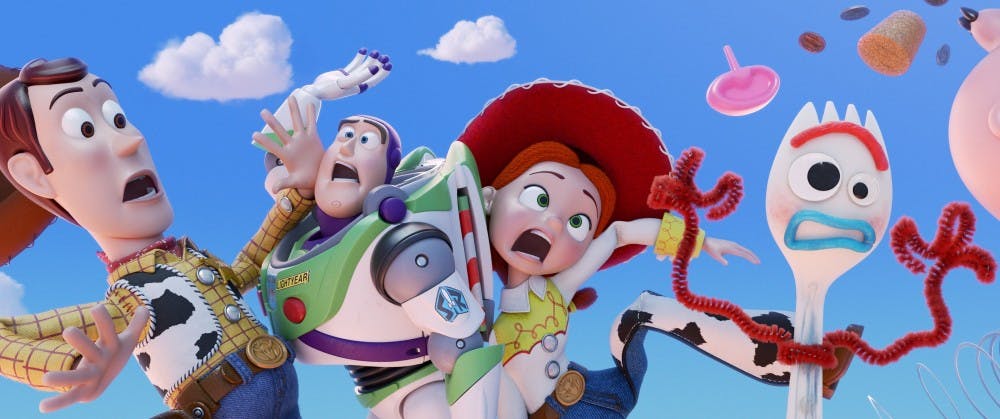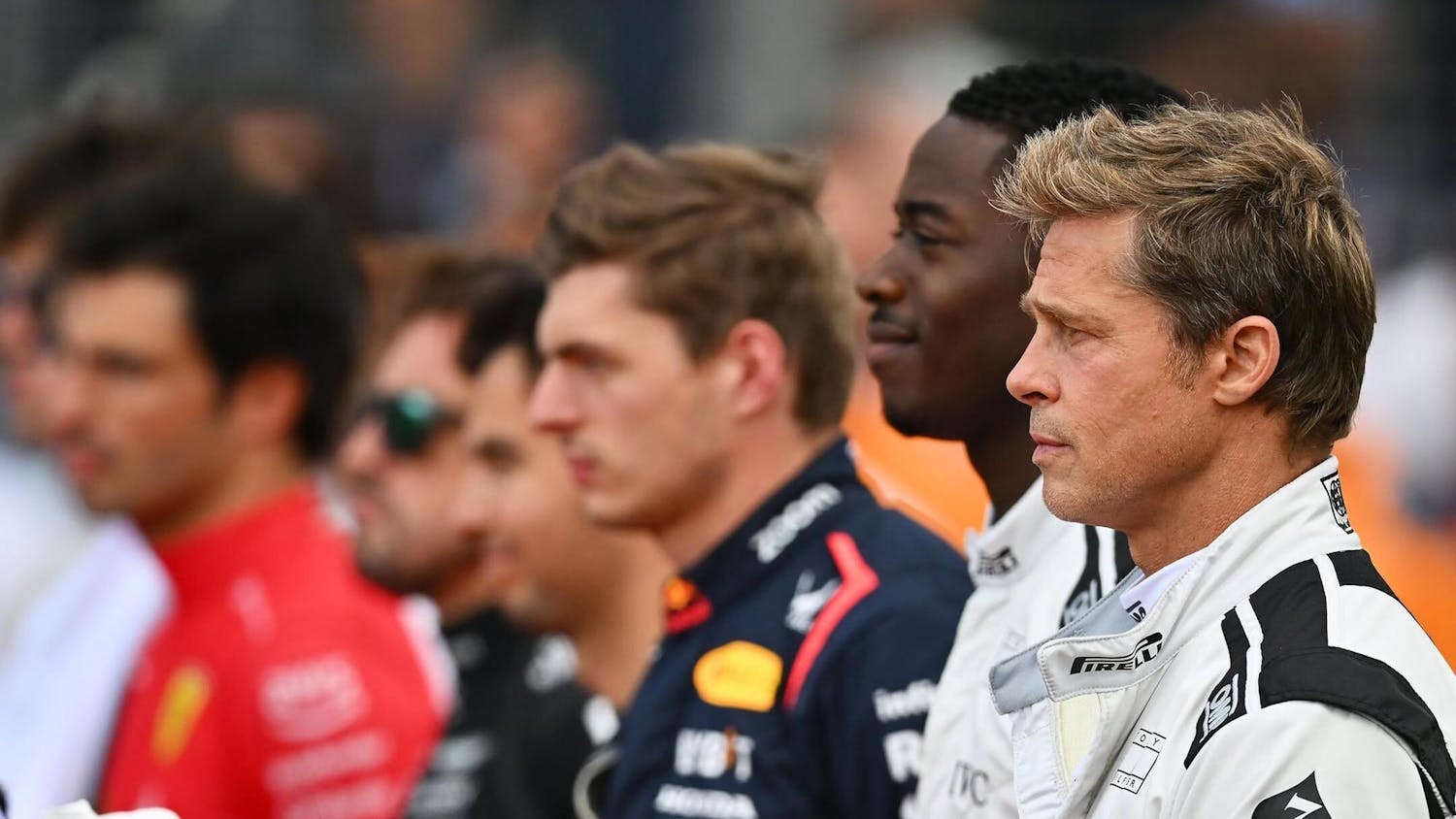Many fans of the original “Toy Story,” myself included, were wary that “Toy Story 4” wouldn't live up to its poignant predecessor. But after seeing this latest entry, I can’t imagine the “Toy Story” franchise being complete without this film.
For a family film series, an underlying sense of melancholy pervading much of Pixar’s finer work, such as in “Up” and “Wall-E,” seems particularly resonant in the “Toy Story” franchise. Throughout these films, Woody deals with a growing sense that his purpose in life is fading.
Throughout all four films, Woody’s sense of self-worth is tethered to the child to whom he belongs, namely Andy. Andy is grown up, and his new owner Bonnie no longer plays with him. Woody’s loyalty is an admirable quality in a toy, whose purpose is to be there for their child. But it's been proven in previous installments as a source of agony for toys.
“Toy Story 4” begins with Woody adjusting to the transition of Bonnie losing interest in him. Not only does Bonnie leave him in the closet to collect dust bunnies, but his previously unflappable image as an authority among the community of toys is fading as well. Once a favorite toy, Woody now faces the possibility of being rendered obsolete.
On Bonnie’s first day of kindergarten, Woody sees her craft a new toy from a spork, named Forky, to combat her loneliness. So Bonnie’s new favorite toy is born before his eyes, and he tasks himself with protecting Forky. But when the clueless Forky becomes lost on a road trip, Woody leaps out of Bonnie’s racing RV to save him.
Woody winds up at a circus near where Bonnie’s RV is parked and is unexpectedly reunited with his old love interest, Bo Peep. But she’s not as he remembers her. Now a life-loving, free-spirited “lost toy,” Bo shows Woody that life without a one-sided relationship with a child can be freeing.
While overcome with emotion to see Bo, Woody clings to his unflappable loyalty. Ironically, the source of his agony is also that which makes him a lovable hero. At one point, when Woody and his friends just barely escape a precarious predicament, Woody realizes that they’ve forgotten Forky. He wants to go back and retrieve him. His exhausted friends flatly refuse to go. “No one is with you,” Bo says. Undeterred, Woody leaves his friends and leaps back into the grip of danger.
Finally, Woody succeeds in returning Forky to Bonnie, which means he must say goodbye to Bo. As I watched, I couldn’t help pleading in my mind, “No, please stay. Live for yourself.”
But then Woody realizes that his life is no longer with a child but with Bo Peep. Speechless, he turns to Buzz Lightyear, who assures him he’s doing the right thing. Tearfully, the friends say goodbye to the leader with whom they’ve spent a lifetime of adventures. But Woody must move on and start a new life as a lost toy.
With that, Woody has found himself again.
This film achieved the impossible by elevating and deepening an already superlative film series. “Toy Story 3” packed an emotional wallop. Many strongly believe it made for a tasteful way to wrap the series, but this film proved to mine issues and relationships we didn’t think needed to be addressed.
After all, wasn’t “Toy Story” all about Woody, Buzz and the rest of the gang living their life with Andy? Yes, but the creators at Pixar realized moving on from Andy is just the catalyst for Woody’s crisis of meaning. Thusly, “Toy Story 4” brought Woody’s story to a bittersweet but satisfying conclusion.
My friend, Hannah, who sat in the seat next to mine, watching the film, began sobbing during the final scene.
“I’ve just seen my childhood smeared with a hand cloth,” she lamented softly.
I knew what she meant. These characters and their friendship were part of the growing up of a generation. How can Woody leave? How can he just let go? After all, life sometimes requires painful and difficult tradeoffs. It may have been sad for us to watch, but Woody, at long last, is free.






